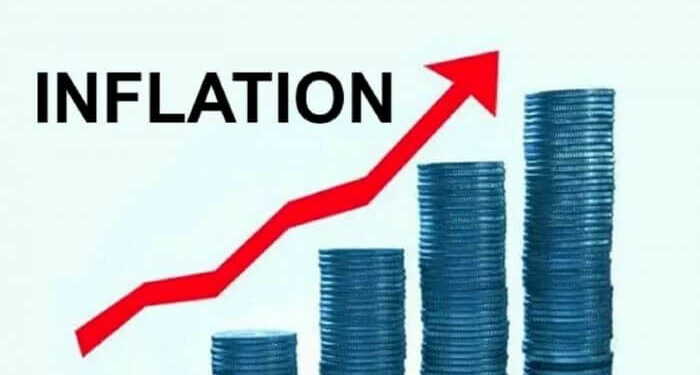
The inflation rate in Ghana saw a slight increase in October 2024, according to the latest figures released by Government Statistician, Prof. Samuel Kobina Annim.
The rate climbed to 22.1%, up from 21.5% in September, marking a 0.6 percentage point rise month-over-month.During a press briefing in Accra on Wednesday, Prof. Annim attributed this rise primarily to increased costs in both food and non-food items. “The upward trend in inflation reflects growing pressure on household budgets,” he noted, emphasizing that this change impacts all sectors.
A closer analysis reveals that food inflation, which has been a critical driver of the country’s inflationary trend, edged up to 22.8% in October from September’s 22.3%. Non-food inflation also increased, reaching 21.5%, compared to 20.9% the previous month, highlighting broad-based price pressures beyond food items.
Prof. Annim also provided insights into inflation dynamics for locally produced versus imported goods. Locally produced items faced sharper inflation, rising to 24.6% in October from 23.4% in September.
Meanwhile, inflation for imported items showed a slight easing, declining from 17.0% to 16.3%, likely due to stabilizing exchange rates and a decrease in some international commodity prices.The inflation figures underscore the broader economic challenges Ghana faces amid high costs of living, with food prices, energy, and transport continuing to strain household finances.
The government, along with the Bank of Ghana, is expected to monitor these inflationary trends closely as they consider further policy measures to bring inflation within the central bank’s target range.
Story by: Mercy Addai Turkson




